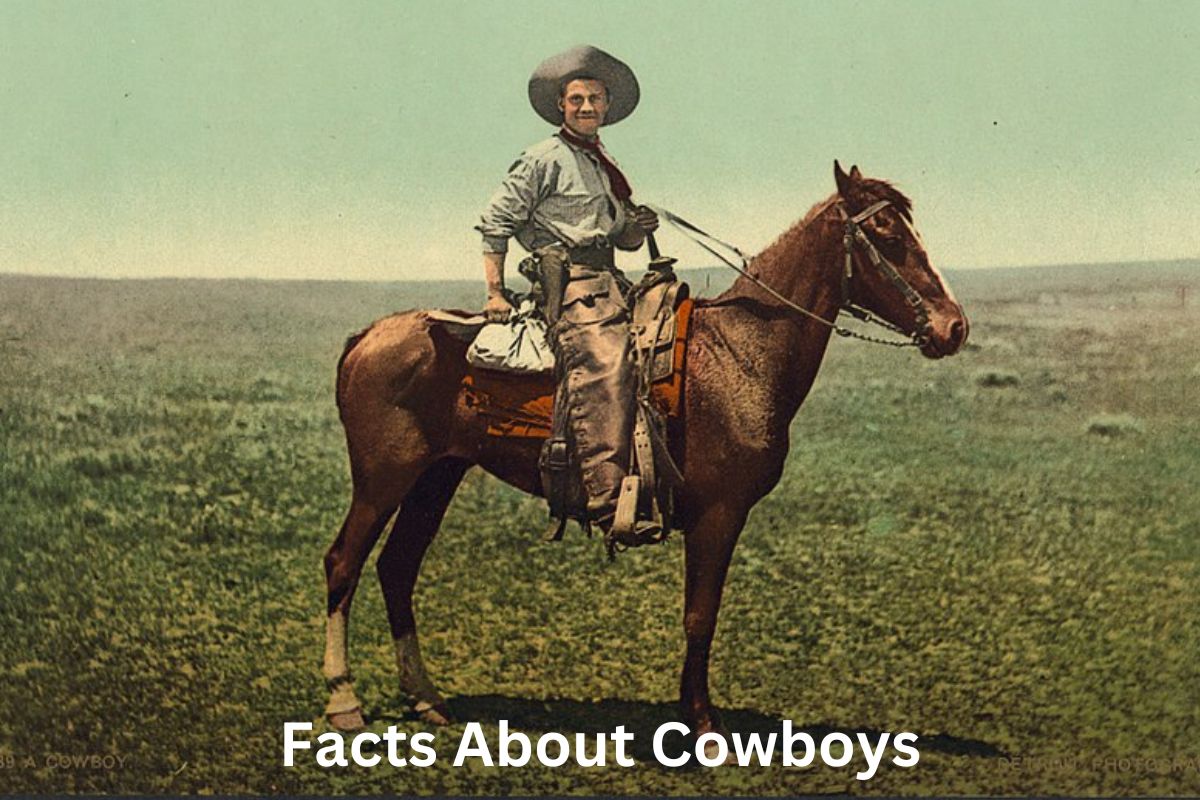Cowboys are an iconic figure of American culture, symbolizing the rugged individualism and free spirit of the American West.
At first, cowboys were laborers who tended to livestock on ranches and were responsible for driving them to market. They were also responsible for riding horses.
Cowboys played a significant part in the cattle sector in the late 1800s, and as a result, their way of life and way of culture became inextricably linked with the concept of the Old West.
To this day, the cowboy continues to have a unique position in the collective imagination of Americans; cowboy garb, including hats, boots, and jargon, is ingrained in popular culture.
Yet, the reality of life as a cowboy was often harsh and hazardous. Cowboys worked long hours for a minimal wage and faced a high risk of being injured or killed due to the dangers that posed on the open range.
Despite this, cowboys have left an indelible mark on the history of the United States and continue to inspire people all over the world with their bravery, work ethic, and one-of-a-kind way of life.
Cowboy Facts
1. Many cowboys in the Old West had been Civil War soldiers
A significant number of cowboys in the old west had served in the Union Army during the Civil War. With the end of the Civil War in 1865, many troops returned home to find that the economy and employment market were still fighting to recover from the devastation wrought by the war.
As a direct consequence of this, a number of soldiers decided to try their luck at making a livelihood in the open range. They found that the qualities they had acquired in the military, such as shooting, horsemanship, and discipline, were quite applicable to the task of a cowboy.
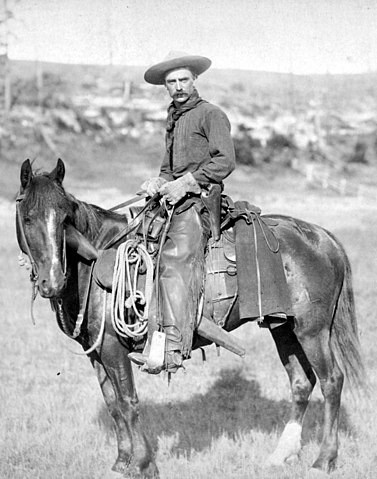
In addition, a great number of former Confederate soldiers, in particular, were able to find work on the open range, despite the fact that they were frequently banned from the labor market in the Northern states due to the fact that they had fought for the Confederacy.
As a consequence of this, a wide variety of people were drawn to the cowboy way of life. These people shared a passion for the land and a need for a new beginning following the traumatic years of the Civil War. They were all drawn to the cowboy way of life.
2. The average cowboy in the Old West was not paid very well
Even by the standards of the period, the monthly salary of a cowboy in the Old West was considered to be quite meager, often falling somewhere between $25 and $40.
Also Read: Facts About the Wild West
The majority of cowboys did not make very much money, but some of them did earn more than others depending on their level of experience and the requirements of the job.
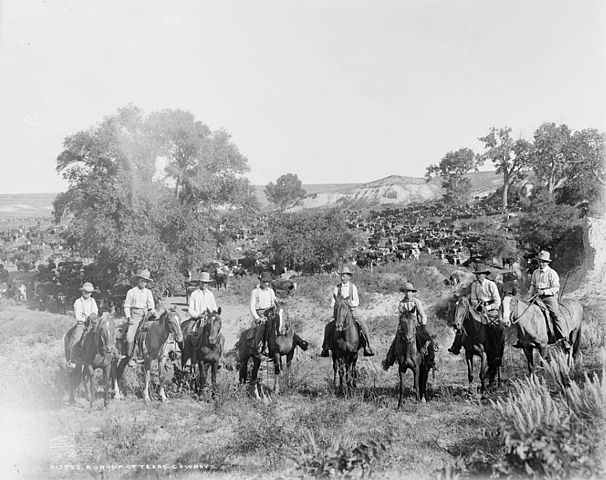
Despite this, many cowboys enjoyed their work and remained dedicated to the cowboy way of life. They were motivated to continue this way of life by a strong feeling of adventure and a profound connection to the land.
Some cowboys received additional compensation for their job in the form of bonuses in addition to their standard pay, such as a cut of the proceeds from the sale of cattle.
Unfortunately, this was not always the case, and many cowboys who lived their lives on the open range endured a challenging and financially unstable existence as a result.
3. When working on a ranch, cowboys typically lived in bunkhouses
Cowboys frequently shared bunkhouses with other cowboys when working on a ranch. A bunkhouse was a basic, communal living facility that was frequently positioned near the main ranch house or on the ranch itself.
It was usually made up of a huge room with numerous beds as well as a common area for cooking, eating, and relaxing.
Also Read: Pony Express Facts
After a long day of work, cowboys could unwind and sleep in the bunkhouse, which also served as a social space for them to spend time together and share stories. The bunkhouse was frequently crowded and rough, with few conveniences and little privacy.
For many cowboys, though, it was a welcome break from the hard work of the open range, as well as an opportunity to bond with other like-minded folks who shared their passion for the cowboy way of life.
4. The term “cowboy” originally referred to a worker who tended to cattle on a ranch
The term “cowboy” originally referred to a ranch laborer who cared for livestock. Cowboys were common in the American West, especially in places like Texas, where cattle ranching was a major industry.
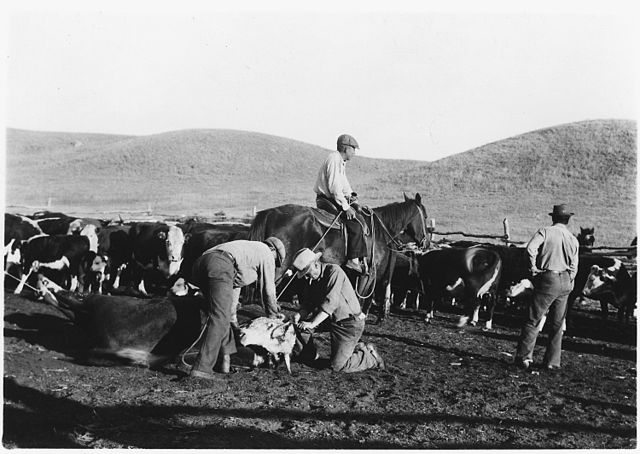
The name “cowboy” came to be associated with the classic image of a horse-riding, hat-wearing, rugged figure who personified the spirit of the Old West.
Yet, the phrase primarily alludes to the activity of cattle herding and ranching, which was critical to the growth of the American West.
5. The cowboy was at his peak in the late 1800s
The cowboy was at his peak in the late 1800s, during the “Old West” period. Cowboys were essential to the cattle industry, which was thriving at the time.
They were in charge of herding and moving vast herds of cattle from Texas ranches to Kansas railheads, where the cattle could be exported to eastern markets.
Cowboys endured difficult weather conditions, attacks by Native American groups, and the fear of stampedes on a regular basis.
Yet, it was a significant and profitable enterprise, and many cowboys became accomplished horsemen and cattle handlers, known for their knowledge and daring.
6. Most cowboys were not gunfighters or outlaws
Contrary to conventional perceptions of cowboys as gunfighters or outlaws, many were honest, hardworking people who enjoyed the outdoors and the freedom of the open range.
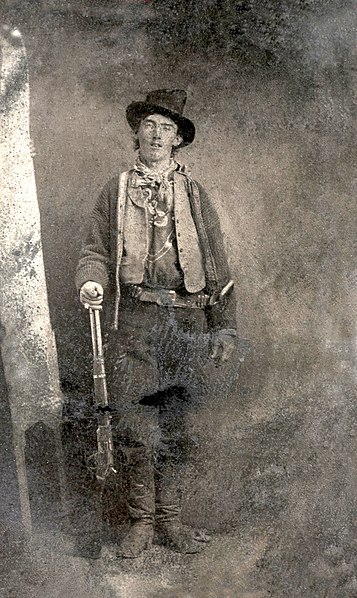
While some cowboys were involved in illicit activities or had a reputation for being troublemakers, the vast majority were simply industrious laborers who tended to cattle and assisted in driving them to market.
Cowboys were excellent horsemen and cattle handlers who were revered for their knowledge of the country and ability to traverse the rigors of the open range.
7. Cowboys developed a distinct style of clothing
Cowboys evolved a particular clothing style that fit their job on the ranch and on the open range. This look incorporated boots, spurs, denim, and hats.
The leather boots had high, pointed toes and heels that helped keep the cowboy’s feet in the stirrups while riding. Spurs were worn on the cowboy’s boots to assist him control his horse. Jeans were constructed of denim, a tough and long-lasting fabric that could resist the rigors of ranch work.
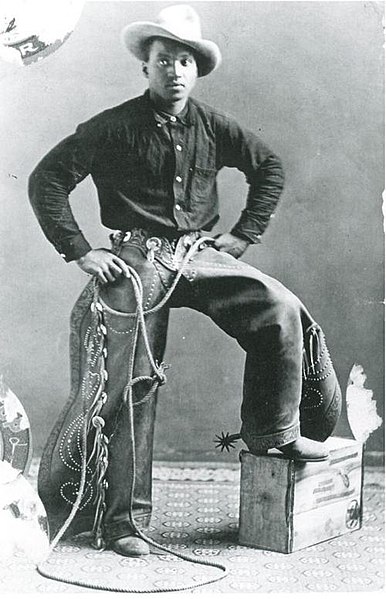
The wide-brimmed cowboy hat came in handy for shielding the cowboy’s face and neck from the heat and rain. The hat also kept the sun out of the cowboy’s eyes, allowing him to concentrate on his work.
This kind of clothing is still associated with the image of the cowboy and is popular in western culture today.
8. Rodeos were created to test the skills of cowboys in riding, roping, and other ranching activities
Rodeos, which are today popular spectator events, were initially designed to put cowboys’ riding, roping, and other ranching talents to the test.
Cowboys competed in riding and roping contests during the first rodeo, which was held in Deer Trail, Colorado, in 1869.
Rodeos gained in popularity throughout time and were more formalized, with regulated rules and activities. Rodeos now include a variety of disciplines, such as bull riding, steer wrestling, and calf roping, which highlight the abilities and athleticism of both cowboys and cowgirls.
Rodeos remain a significant aspect of Western culture and a source of entertainment for people all around the world.
9. Some of the most famous cowboys in history include Davy Crockett, Wild Bill Hickok, and Wyatt Earp.
Davy Crockett, Wild Bill Hickok, and Wyatt Earp are some of history’s most famous cowboys. These individuals were recognized for their bravery, gunfighting prowess, and Old West escapades.
Davy Crockett was a frontiersman, soldier, and politician most known for his accomplishments in the Tennessee legislature and his death at the Alamo.
Wild Bill Hickok was a famed gunfighter and lawman known for his involvement in multiple shootouts as well as his role in keeping law and order in frontier settlements.
Wyatt Earp was a lawman and gunfighter most known for his role in the OK Corral shooting in Tombstone, Arizona.
These individuals, along with many others, contributed to the popular image of the cowboy and are still remembered for their daring, skill, and adventurous spirit.
10. Women played an important role in the Old West
Women had a vital part in the Old West and on the ranch, despite the fact that their efforts are sometimes forgotten in popular culture.
Several women worked as cowhands alongside males, doing activities including herding cattle, branding, and roping. Some women even became accomplished horsewomen and rodeo riders, participating alongside men in rodeos.
Women also played an important role in ranch life, cooking, cleaning, and caring for animals.
Furthermore, certain cowgirls became well-known for their sharpshooting abilities, like as Annie Oakley, who was recognized for her exceptional marksmanship and appeared in Buffalo Bill’s Wild West Show.
Women’s contributions to American West history are now more widely recognized and celebrated, and their stories continue to inspire people today.
